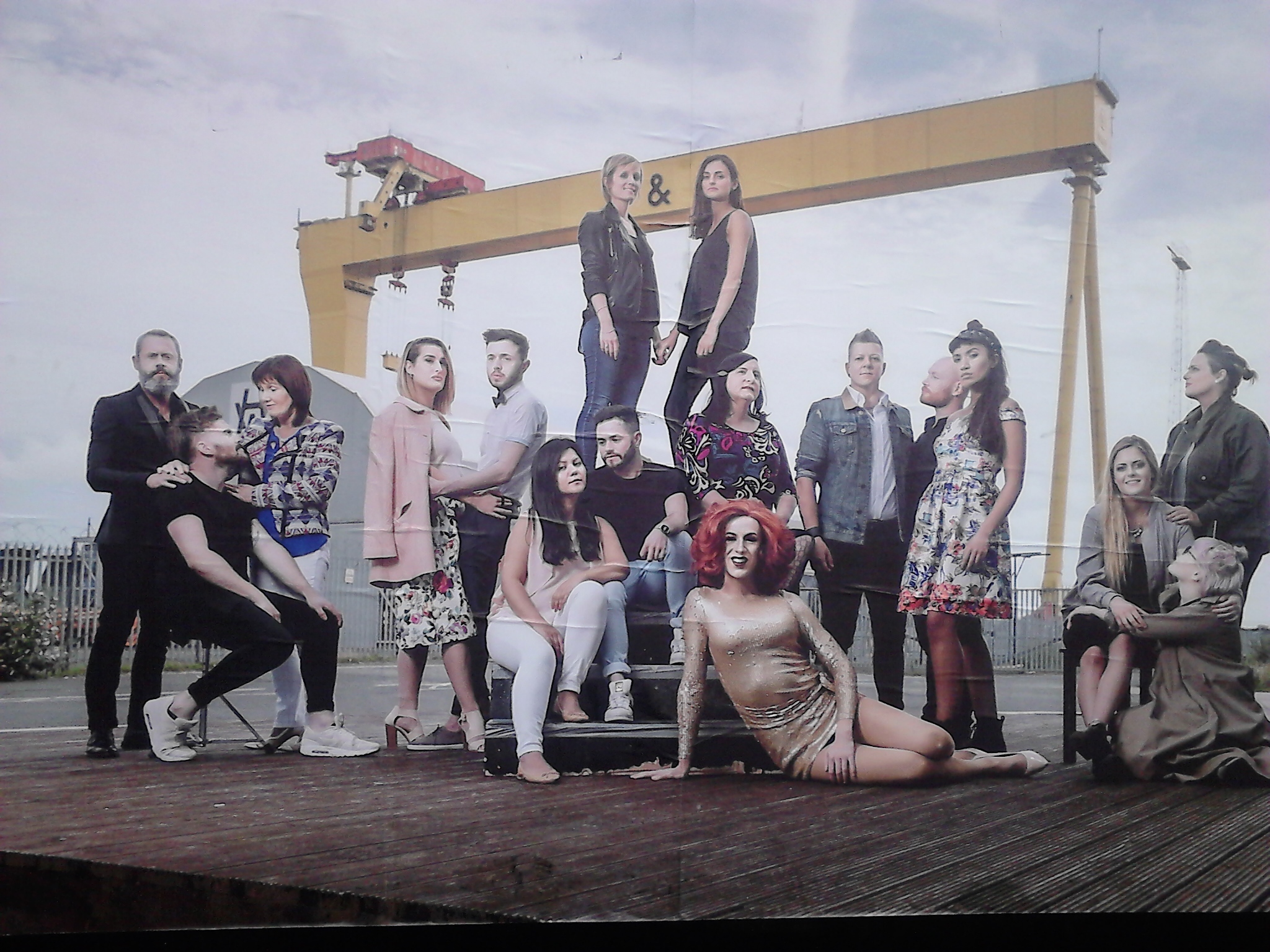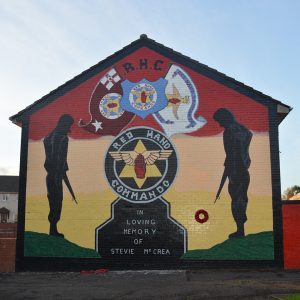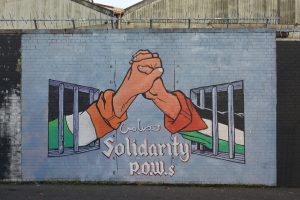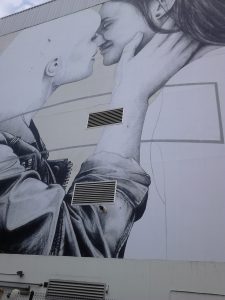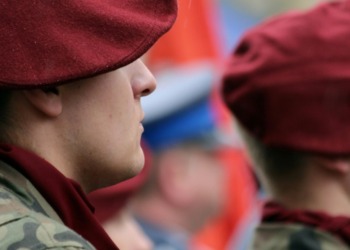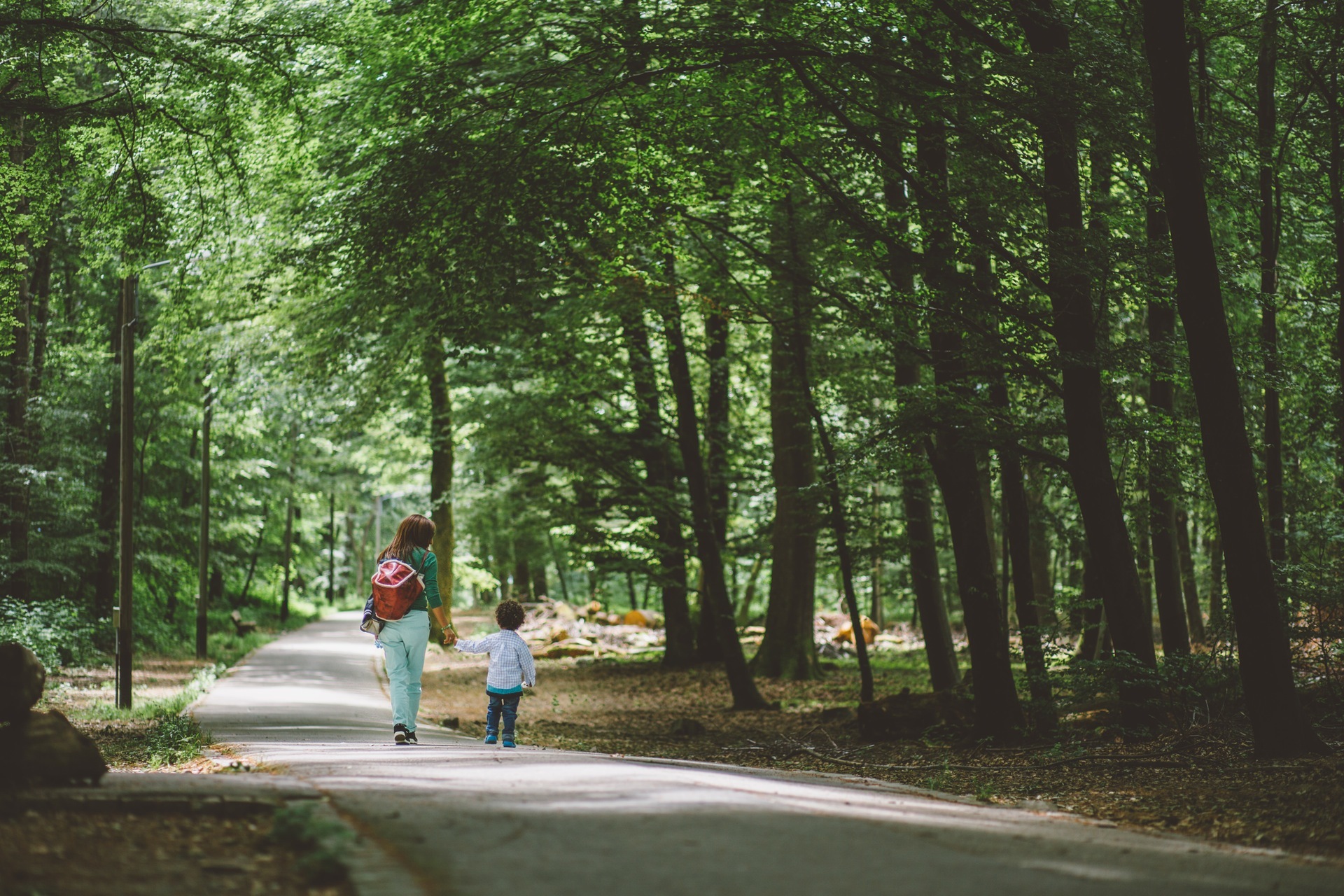When one reveals that they are from Northern Ireland, the inevitable questions about the Troubles are sure to follow. Northern Ireland, a small country of just 1.8 million people, is famous, or perhaps infamous, for the Troubles. This refers to a period of civil war which began in the late 1960s and ended with what is referred to as the Good Friday Agreement, in 1998. The Troubles is a complicated topic, and it is not my intention to discuss it in any great detail here. Broadly speaking, the Troubles took place because one part of Northern Irish society, the part that generally identified itself as Irish, Catholic, Nationalist, Republican or a combination of the four, felt oppressed by the other, the part that generally identified itself as British, Protestant, Unionist, Loyalist or a combination. This oppression was felt economically, politically and culturally and resulted in a civil rights movement, which was met with aggression, and these tensions ultimately escalated into three decades of conflict. 1972 was the bloodiest year of the Troubles when just short of 500 people, largely civilians were killed.
IN THE PHOTO: Unionist street art in Northern Ireland PHOTO CREDIT: Ben Krexkx/ Pixabay
Street art in Northern Ireland has almost become synonymous with the Troubles. The most dominant form of street art by far is mural painting. It is easy to understand why considering that a large number of murals allude to the conflict in some way. Street art has long been a form of territorial marker, a way to mark an area as Republican or Unionist. Historically, murals were a Unionist cultural practice used to celebrate historic events, such as King William of Orange’s victory at the Battle of the Boyne, or to give a more contemporary example, the Royal Wedding. This type of mural is a celebration of British culture and is used by the Unionist community to affirm their British identity. Republican murals are a much more recent cultural practice. Prior to the Troubles, Republican culture was largely ghettoised and kept out of the public sphere as to admit that an area was Republican was to admit that there were areas of Northern Ireland which challenged British rule. In the 1980s this changed. The Republican movement began combining a political campaign alongside their military efforts. Mural painting became an effective way to reach a large audience.
Related Article: “THE SOPHISTICATION OF STREET ART“
Northern Irish street art is inextricably tied to politics but today we are living in relatively peaceful times. The Troubles, for many of my generation, is something that our parents lived through and not a common topic of conversation. While I can’t speak for everyone, a lot of the murals that surrounded me growing up, despite their overtly political message, seemed to fade into the background, either because they made me feel uncomfortable or felt unrelatable. A great place to digitally see Northern Ireland’s mural culture for yourself is the University of Ulster’s Conflict Archive on the Internet (or CAIN for short) where photographs of the many different types of murals, including those that have been removed or painted over, can be found.
IN THE PHOTO: Republican street art in Northern Ireland PHOTO CREDIT: Ben Kreckx/ Pixabay
One of the most beautiful qualities of art is its ability to evolve and adapt, also one of the reasons artist projects can also be tools for political activism. Artistic practices are never static and constantly change over time. Street art can often seem like one of the most ephemeral forms of art; its short life often due to exposure to the elements or being painted over or cleaned away. Perhaps this helps facilitate its growth and ability to change direction.
IN THE PHOTO: Street art in Northern Ireland PHOTO CREDIT: Ben Kreckx/ Pixabay
In Northern Ireland today, we can see street art starting to change direction too. It is important that the medium does not abandon its old themes completely as the Troubles will always form an important part of Northern Irish heritage that should be remembered but street art seems to be growing bigger and looking to encompass more issues and causes. Republican street art in particular as always had its roots in fighting oppression, both the oppression felt by the Republican community and oppression felt by other communities involved in anti-colonial struggles. Street art was and is a way for the Republican community to help create a global network of resistance and solidarity, for example, multiple murals express solidarity with the people of Palestine. However, today, we see contemporary street art once again addressing inequality and oppression within Northern Irish society.
One of the best examples of this is the work of Joe Caslin. Caslin was very active in the Republic of Ireland (the other half of the island of Ireland) leading up to the referendum on same-sex marriage. His pieces aimed to draw public attention to the issue. In collaboration with this year’s Belfast Pride, which took place in August, he has created a new mural in Belfast, the capital of Northern Ireland, which features two women kissing. On the street opposite, there are pictures and stories from the LGBTQIA community with the hashtag LoveWins.
For a full mindmap containing additional related articles and photos, visit #lovewins
The mural is hard hitting because Northern Ireland is now the only country in both the United Kingdom and on the island of Ireland where same-sex marriage remains illegal. A fact which is not discussed often enough in media at home or abroad. Work like Caslin’s highlights that an art form which has always been associated with political expression is being used by a new generation to combat other inequalities in Northern Irish society. Street art can be seen to be moving away from the Troubles and drawing attention to contemporary sites of struggle within Northern Irish society. In combining the mural with photographs and stories, the project underlines the presence of a vibrant queer community and humanizes them, giving them a face and a story, highlighting that they are leading a life just like every other Northern Irish person and so deserve the same rights. Excitingly, Caslin also adds a digital layer to his art by including a hashtag, something that is increasingly important due to the rise of online activism.
Street art and political activism have always went hand in hand in Northern Ireland, what makes this project so exciting is that it shows a traditional art form transitioning to meet the needs of a new generation.
Recommended Reading: “LOVE WINS“


